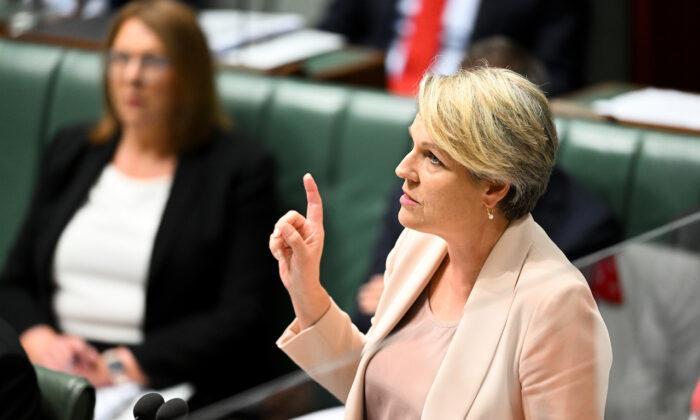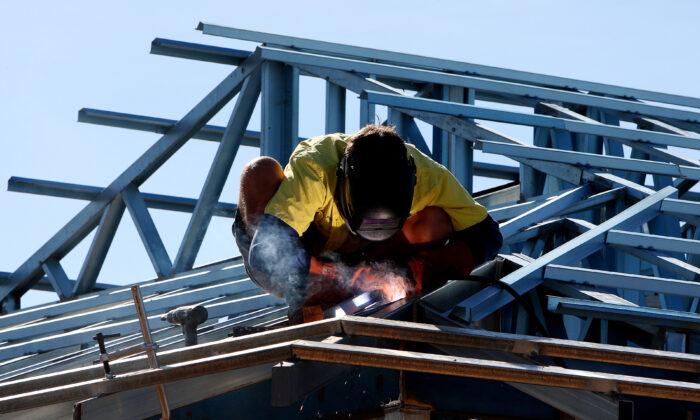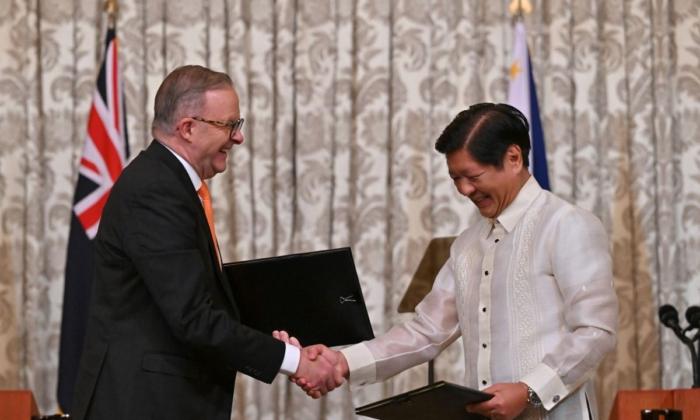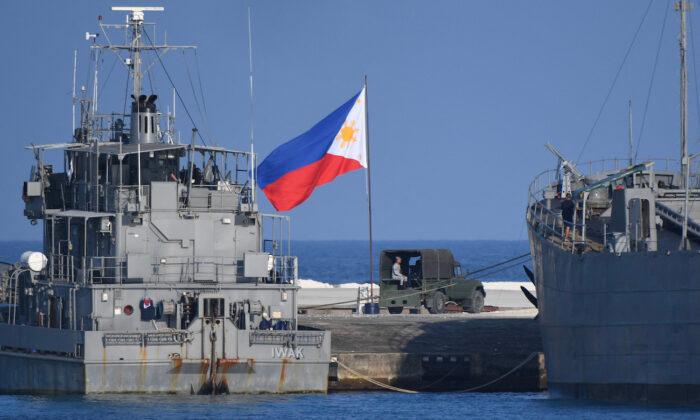The Australian government has given the green light for a feasibility study by academics and industry leaders into the creation of a renewable hydrogen supply chain between Germany and Australia.
A consortium led by the University of New South Wales (UNSW), Deloitte, and Baringa Partners will work with German counterparts to analyse the production, storage, and transportation of the fuel source. They will also identify the barriers and the optimal approaches that both countries can use to establish a viable energy collaboration.
“Partnering with future importers of hydrogen, such as Germany, will be critical to growing demand for Australian hydrogen and accelerating industry development,” Birmingham said.
“This study will help build on existing hydrogen collaborations Australia has with other key energy trading partners including Japan, the Republic of Korea, and most recently Singapore, all of which will be critical to building a world-leading hydrogen industry right here in Australia,” he said.
According to Federal Energy and Emissions Reduction Minister Angus Taylor, Australia is well placed to become a powerhouse in hydrogen production and exports, which this study would facilitate.
“Investment in clean hydrogen through international cooperation is critical to growing an Australian hydrogen industry, delivering jobs, strengthening our economy, and reducing emissions,” Taylor said.
“This international partnership will help to lower the price of hydrogen, which will get us closer to our goal in the Technology Investment Roadmap of producing hydrogen for under $2 per kilogram,” said Taylor. “Reaching this goal will help us to become the obvious partner of choice for hydrogen across the globe.”
The federal government will provide about $360,000 to the consortium to deliver the study, with another approximately $1.1 million being contributed by the Australian consortia by in-kind and cash contributions.
Globally many countries have made a commitment to switch to hydrogen to reduce reliance on other fuels.
Federal Resources Minister Keith Pitt said this provides Australia with the potential to become a major global player in the developing industry by supplying international markets with affordable hydrogen.
“We have abundant land, abundant energy resources, and extensive carbon storage reservoirs coupled with long-standing experience and an excellent track record and reputation as a global energy exporter,” Pitt said.
According to the Australian Hydrogen Strategy, hydrogen can be produced from water using either electrolysis with renewable energy sources or through thermochemical reactions, using coal or natural gas (in a process known as steam methane reforming) which is most common in Australia.
Any emissions are then captured at a high level and permanently stored creating the product known as Clean “CCS hydrogen.”




